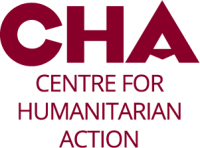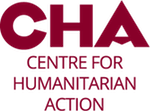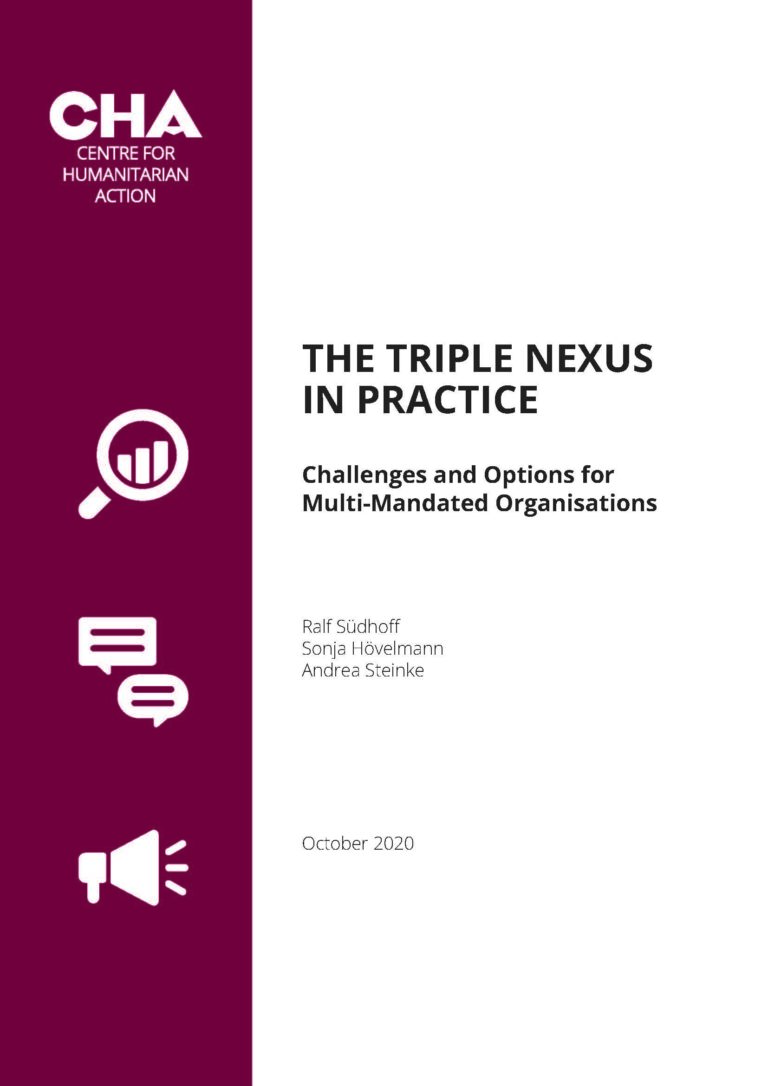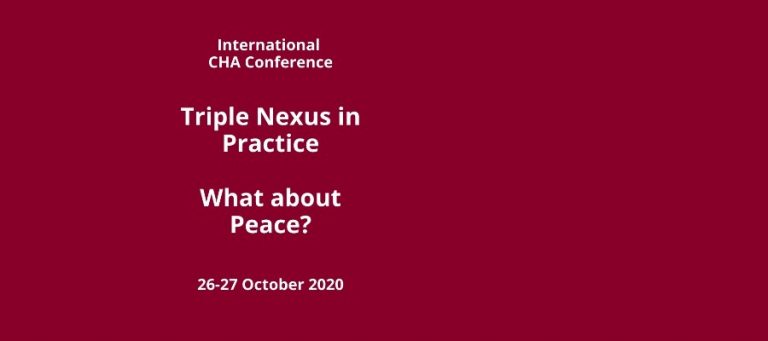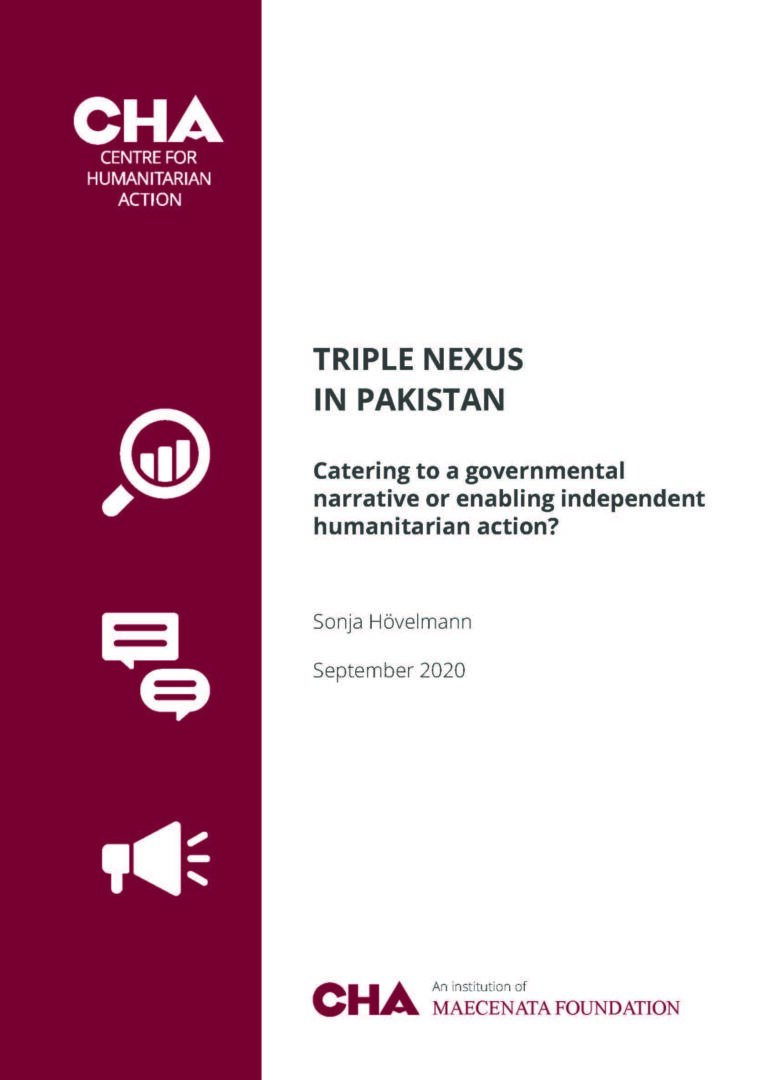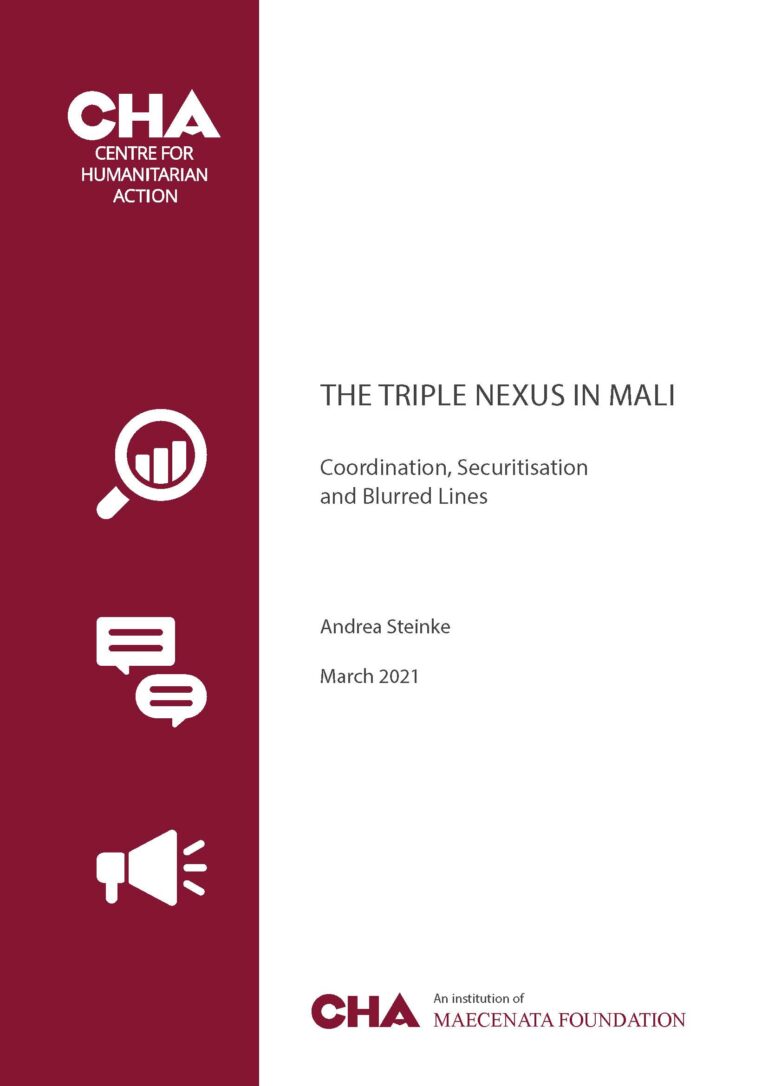| Author: | Ralf Südhoff, Sonja Hövelmann and Andrea Steinke |
| Date: | 22.10.2020 |
| Downloads: |
Paper (EN)
|
Abstract
Few debates on international cooperation currently generate as much momentum and controversy simultaneously as the discourse around the Humanitarian-Development-Peace (Triple Nexus). However, the discussion on a better coordination embedded within the framework of a ‘Humanitarian-Development-Peace’ Nexus remains mostly abstract and theoretical. The lack of analysis and debate on the Triple Nexus from a practical perspective, and its peace pillar in particular, are evident. At the same time, aid agencies have to position themselves in the field of the much-debated Triple Nexus, which is characterised by substantial incoherence and conflicting views about its concept, terms and practical impact. The Triple Nexus is of substantial relevance to particularly multi-mandated organisations, who are committed to fight root causes of poverty and humanitarian needs while conflicts are next to climate change the main driver of humanitarian crises today.
To take a strategic decision on the way forward aid agencies are advised to look into three spaces identified by the CHAvocado model: The organisational internal space, the local civil space, as well as the macro space including actors like national governments, United Nations missions, the military and related coordination fora. Building on this spatial analysis, this research has identified three options for aid organisations on how to engage in the Triple Nexus: a core approach, a proactive approach, and a criteria-based local approach and their respective pros and cons. All three options will come with substantial implications for an agency’s policies, donor strategies, future programmes, the political role it intends to play and its corporate strategies. For this, multi-mandated organisations are advised to decide in a participatory, strategic way on which direction they want to go in one of the most relevant and contested fields of aid agencies’ work today.
